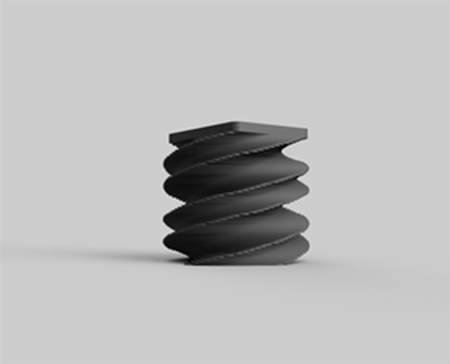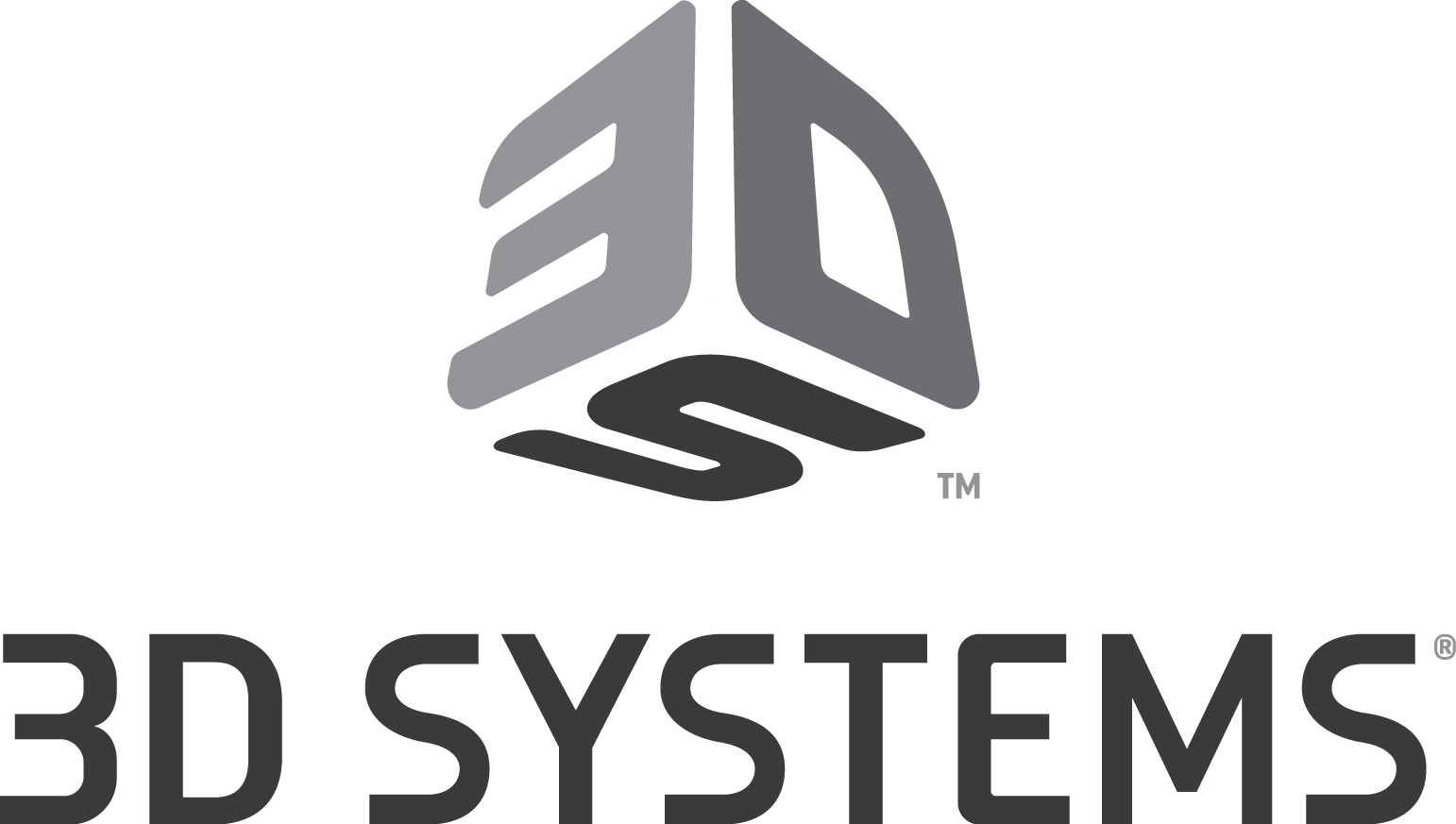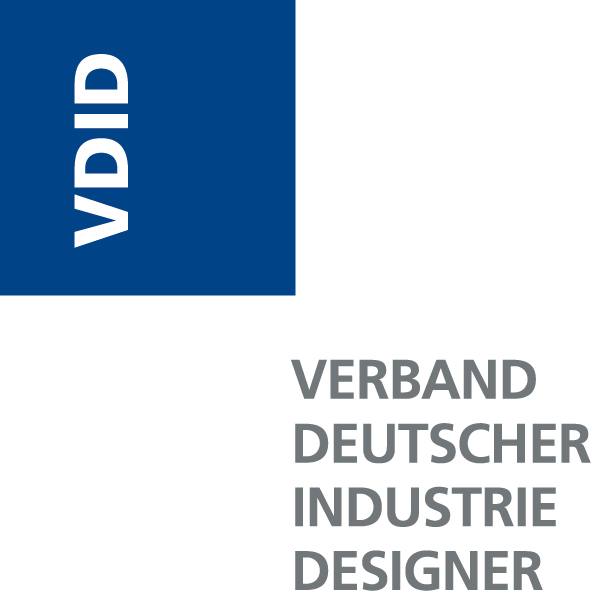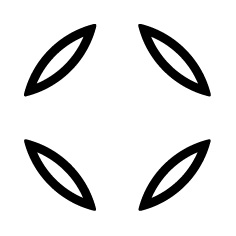
The purmundus challenge 3D printing design award was presented for the fifth time in Frankfurt on 16 November 2017 as part of the formnext exhibition. A total of six submissions received the coveted gold trophies.
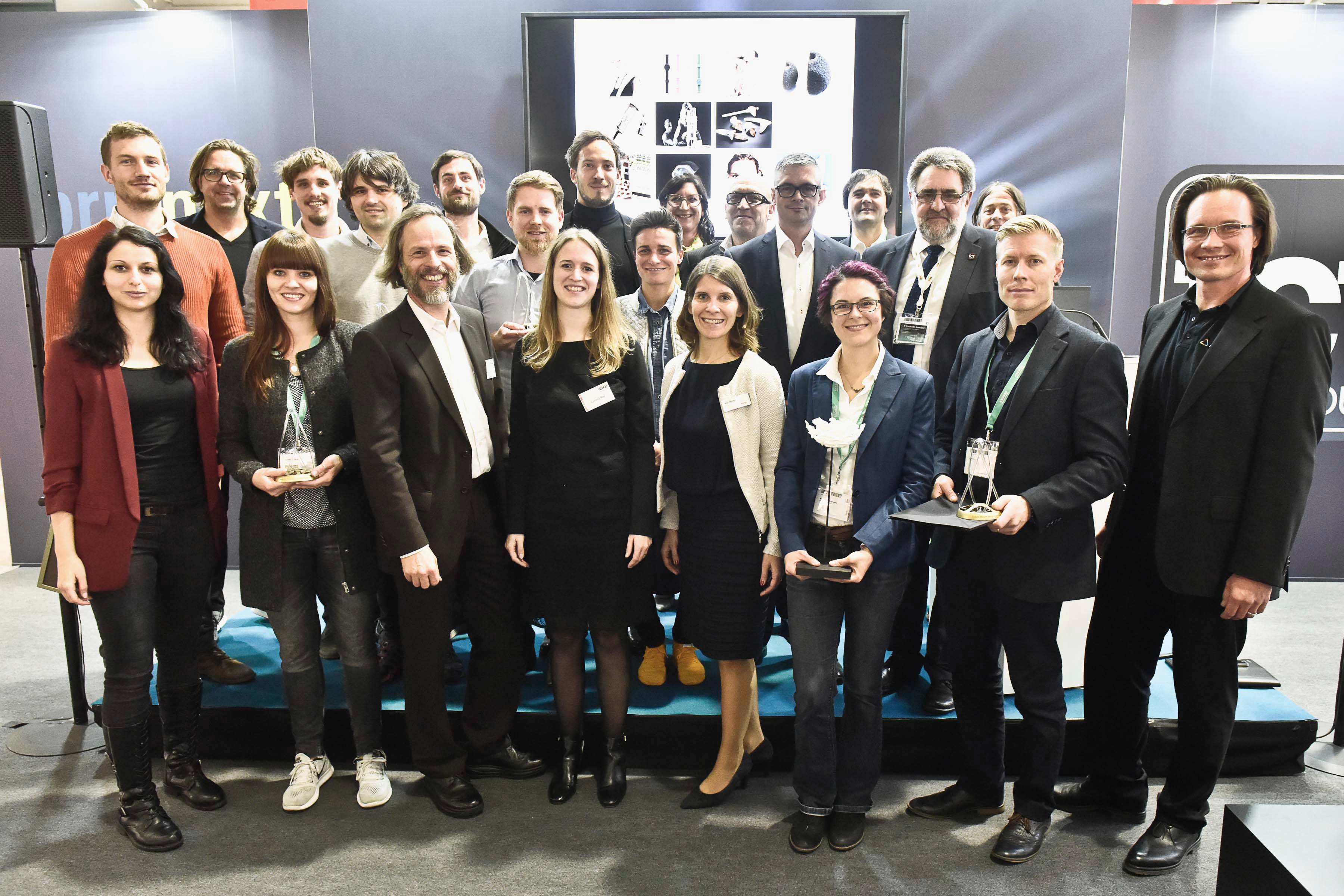
The possibilities of additive manufacturing are more varied than they have ever been during the last three decades. There are a wide range of material properties available as well as methods for building up the layers. And, last but not least, it is possible to combine additive and conventional technologies. Only the right selection and combination allow a well-thought-out design to develop its full potential and particular charm.
So why not use an intelligent combination to take advantage of the multi-faceted design possibilities of additive manufacturing?
45 finalists from around the world presented their outstanding designs on the theme of “Fusion - 3D printing intelligently combined” from 14 to 17 November 2017 at the formnext exhibition. The international panel bestowed awards with a total value of 12,000 euros to six winners at the award show in Frankfurt. This was the first year in which an “Innovation Prize” was also presented for groundbreaking “visions” – projects that show how 3D printing will continue to change the world of product manufacturing.
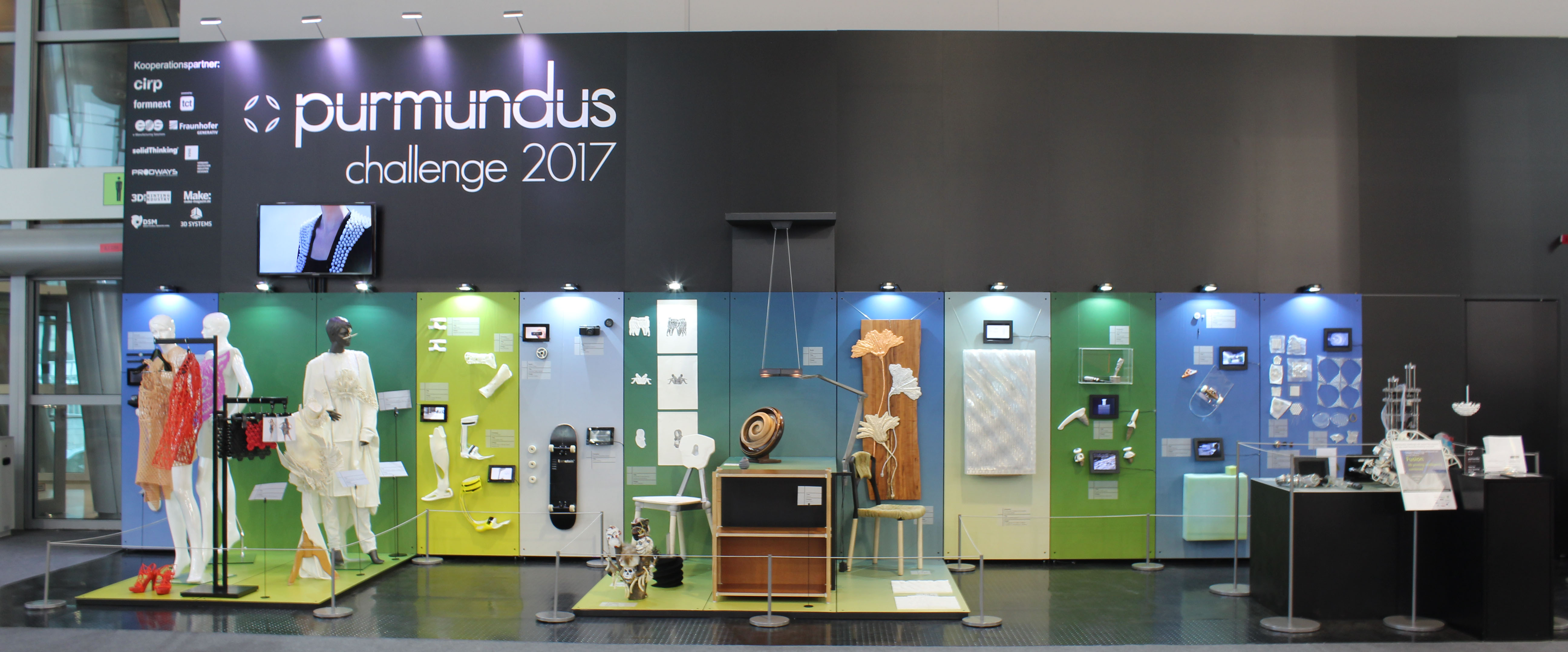
This year’s winners are:
1st prize: The Birth of Venus
Danit Peleg 3D I Danit Peleg

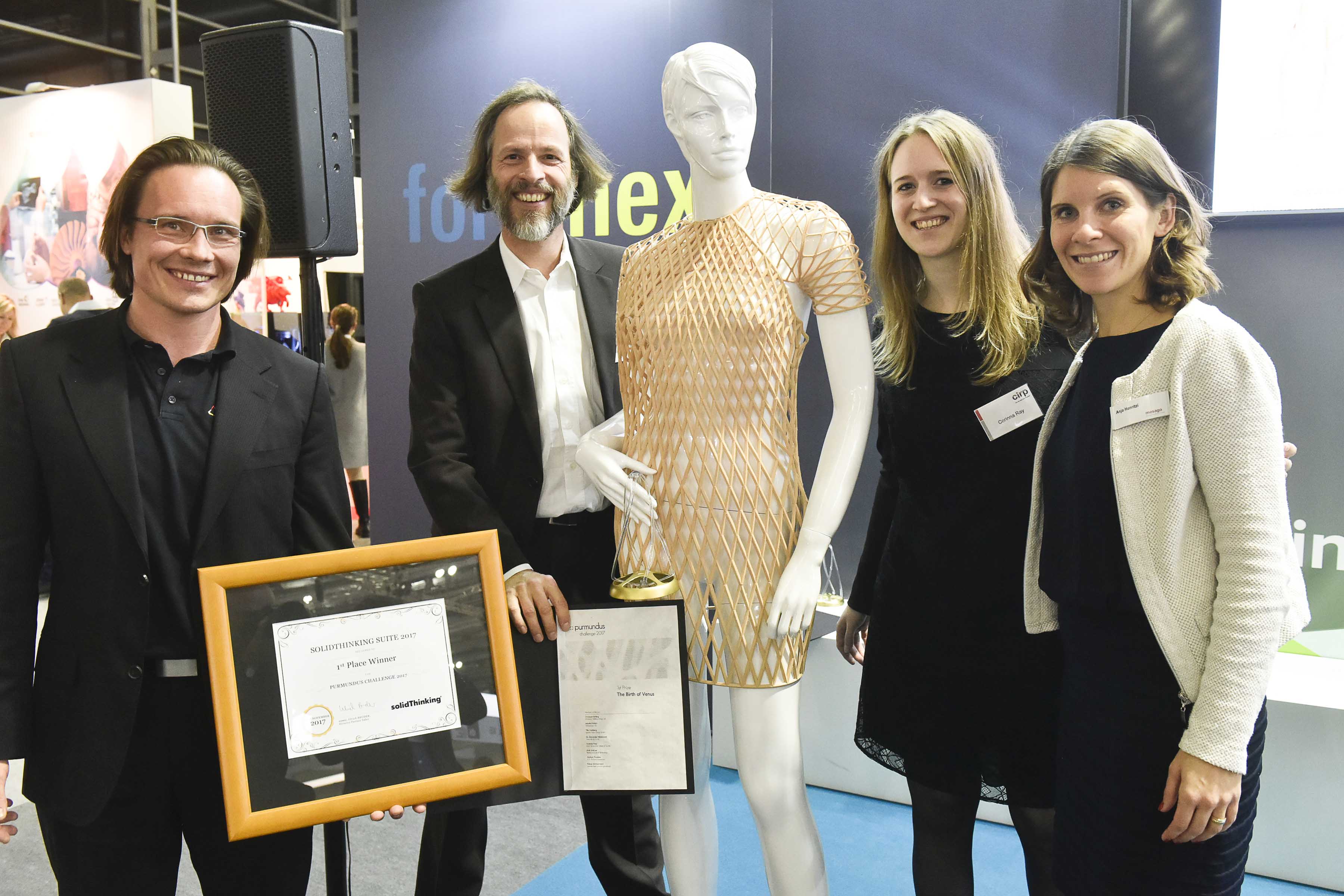 This 2017 collection was inspired by the dress that Danit had designed for the Paralympic Opening Ceremony. The collection has 5 looks and is printed using FilaFlex filaments. One of the collection’s gar-ments, the ready-to-wear bomber jacket, is the first fully customizable and personalized 3D printed garment available to purchase online. Printing this collection was 3X faster than Danit’s first collection thanks to advancement in printing technology.
This 2017 collection was inspired by the dress that Danit had designed for the Paralympic Opening Ceremony. The collection has 5 looks and is printed using FilaFlex filaments. One of the collection’s gar-ments, the ready-to-wear bomber jacket, is the first fully customizable and personalized 3D printed garment available to purchase online. Printing this collection was 3X faster than Danit’s first collection thanks to advancement in printing technology.
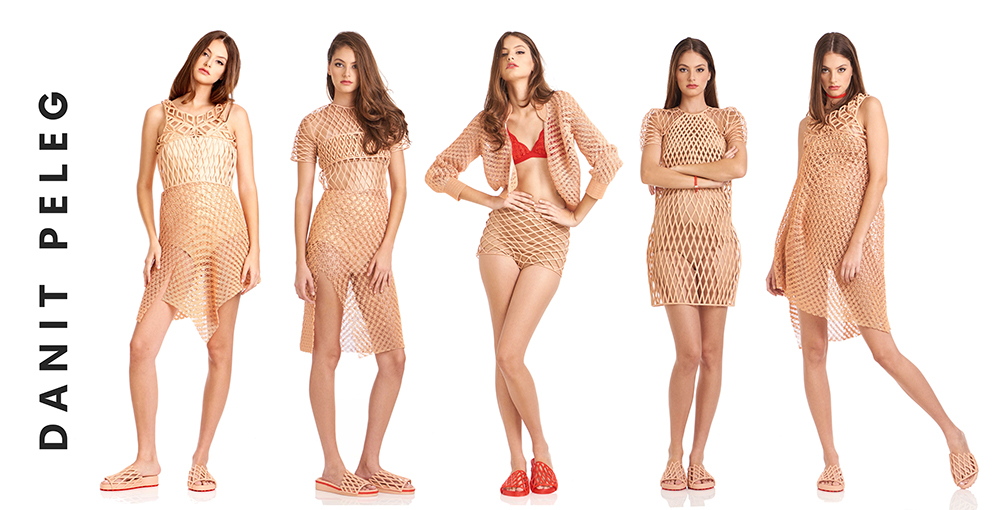
2nd prize: FLUID MORPHOLOGY
TU München, Professur für Entwerfen und Gebäudehülle I Moritz Mungenast I Oliver Tessin I Viktoria Blum I Tobias Gutheil I Olga Khuraskina I Luc Morroni

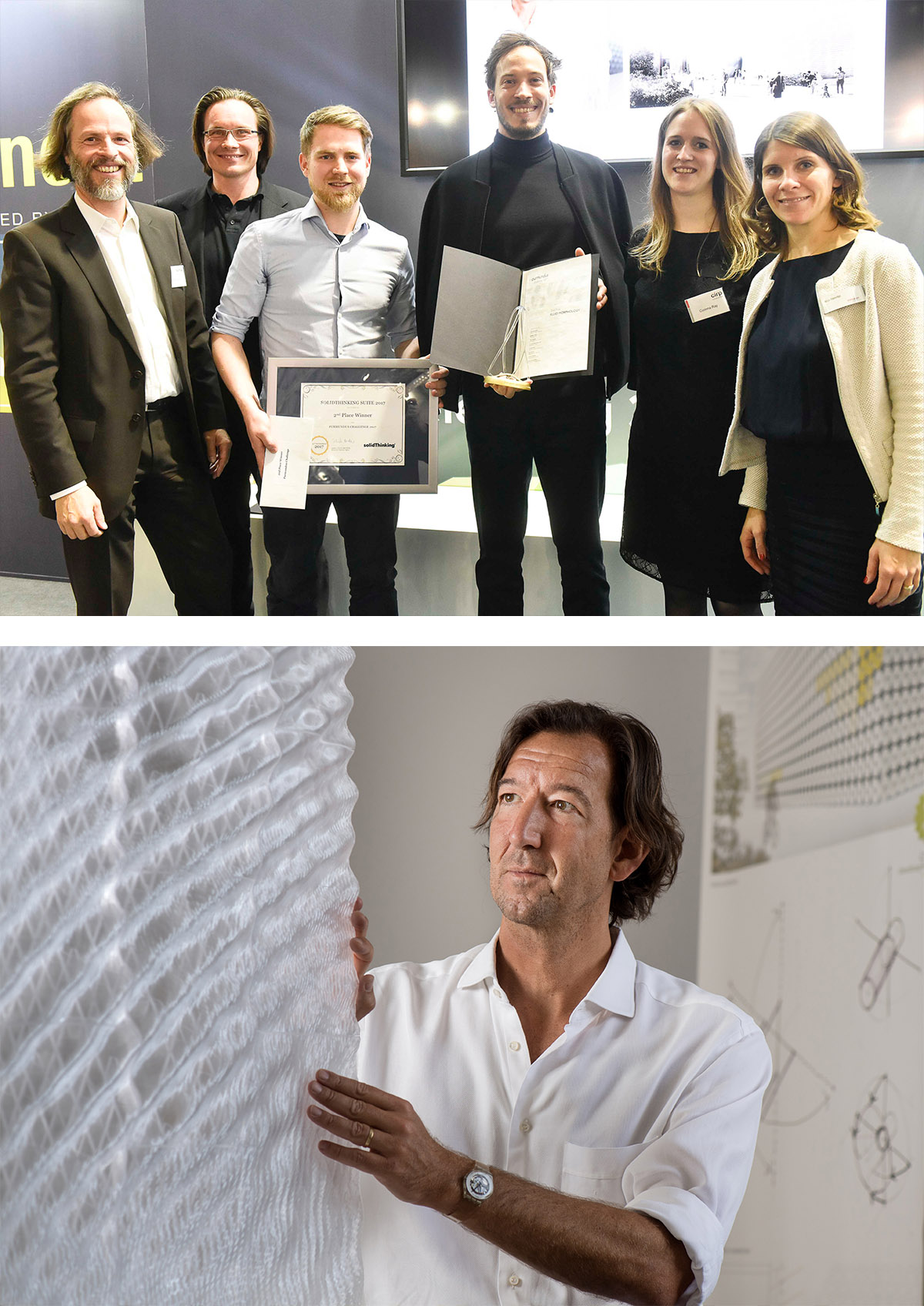 3D printed translucent and multifunctional building envelopes
3D printed translucent and multifunctional building envelopesThe project was initiated and implemented under the direction of Moritz Mungenast, research assistant at the Chair of Design and Building Envelopes at the Technical University of Munich.
FLUID MORPHOLOGY is the first translucent and multifunctional fa-cade element to be entirely 3D printed. This research project demon-strates the existing potential of 3D printing for the construction sector and building envelopes, as such closing the digital chain – from digital design through digital planning to digital production. Another innovation is the “functional integration” into one component made from one ma-terial – i.e. integration of the following facade functions into FLUID MORPHOLOGY: load transfer, insulation, shading, daylight utilisation, ventilation and sound scattering.
In addition to finding new ways to solve the future global challenges in the construction industry, such as new building materials and energy saving, FLUID MORPHOLOGY’s goal is to reduce building techno-logy, establish a closed material cycle and simplify the construction process by making good use of digital tools.
Other participants: Project Assistant Oliver Tessin and TU masters students Viktoria Blum, Olga Khuraskina, Luc Morroni and Tobias Gutheil. The Chair for Design and Building Envelopes is a member of the Research Lab of the Faculty of Architecture and the TUM group Additive Manufacturing in Construction. Supported by: Rodeca, Picco’s 3D World, Delta Tower.
3rd prize: Grasshopper AFO
Mecuris GmbH I Manuel Opitz I Clemens Rieth I Benjamin Els

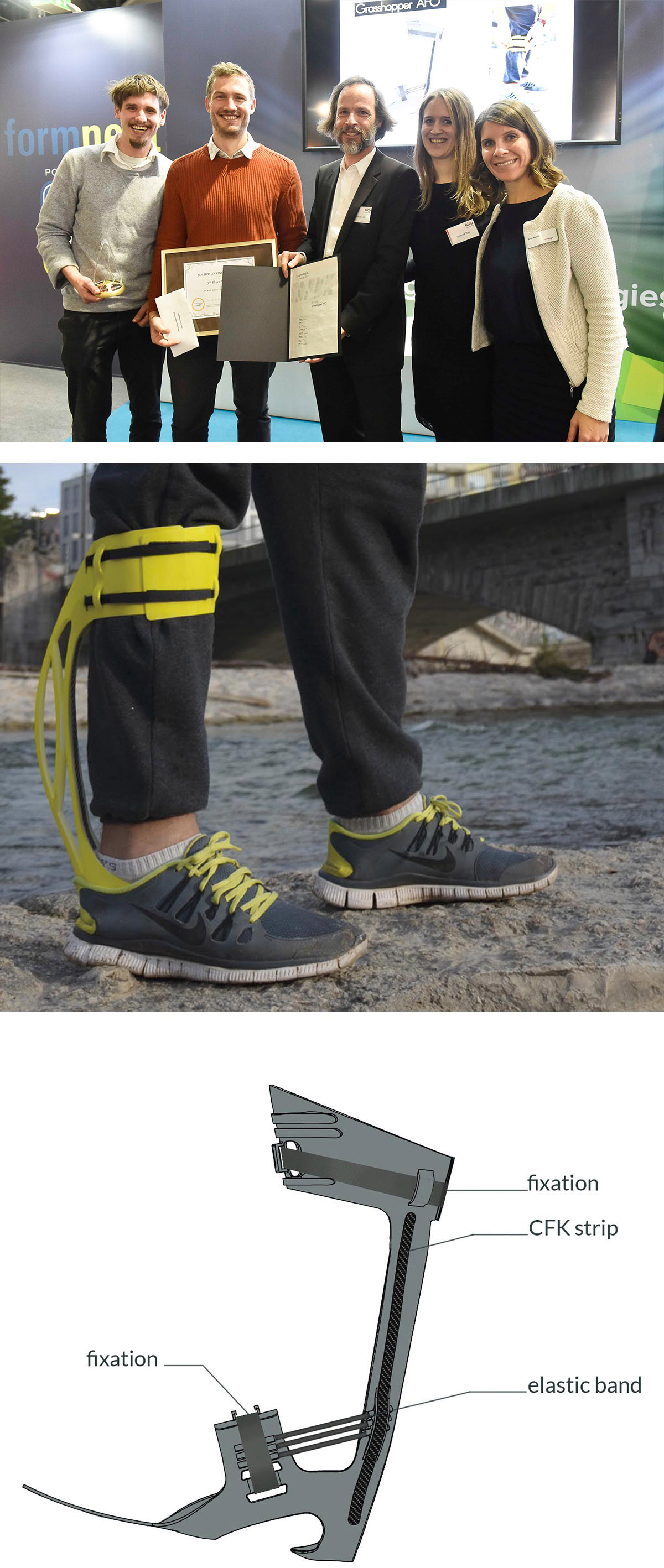 An AFO is an externally applied orthotic device which assists patients in regaining a normal walking gait when suffering from drop foot, a condition caused by stroke, cerebral palsy, polio, multiple sclerosis etc. due to muscle weakness in the lower leg. AFO’s account for 26 % of all orthotic devices, making it the most commonly prescribed orthosis.
An AFO is an externally applied orthotic device which assists patients in regaining a normal walking gait when suffering from drop foot, a condition caused by stroke, cerebral palsy, polio, multiple sclerosis etc. due to muscle weakness in the lower leg. AFO’s account for 26 % of all orthotic devices, making it the most commonly prescribed orthosis.At present, the most common AFO’s available on the market are custom manufactured thermoplastic AFO’s and prefabricated carbon fiber AFO’s. Thermoplastic AFO’s mimic the anatomy of each individ-ual patient, ensuring a comfortable fit. However, manufacturing of these AFO’s are a lengthy process which takes a minimum of three weeks per AFO. Carbon fiber AFO’s provide superior material quali-ties such as strength and energy return. These AFO’s are mass pro-duced and are not tailored specifically for each patient.
The grasshopper AFO aims to combine the patient specific qualities of thermoplastic AFO’s with the superior material qualities of carbon fi-ber. This is achieved through utilizing technologies such as 3D scan-ning, computer aided design (CAD) and additive manufacturing (3D printing). Carbon fiber is applied to the device in the form of a tape which is fused to the AFO with a hand held tool. At present, the entire process from 3D data capturing to delivering an AFO to the patient takes 10 working days.
Through software automation and the versatility that 3D printing pro-vides, it will be possible to manufacture Grasshopper AFO’s over a shorter time period. A 3D scan of the patient‘s leg will be uploaded to an online platform along with certain technical parameters. This infor-mation will then be used to automatically generate an AFO specific to each patient’s needs. This is particularly important in young children who grow at a rapid rate. The customizability of the AFO’s mean that they can also be used on patients with severe deformities. Applying carbon fiber with a handheld device allows orthopedic technicians and clinicians to further customize the AFO’s, adding extra support where needed.
Special Mention: Dynamic Algae
Dorothea Lang

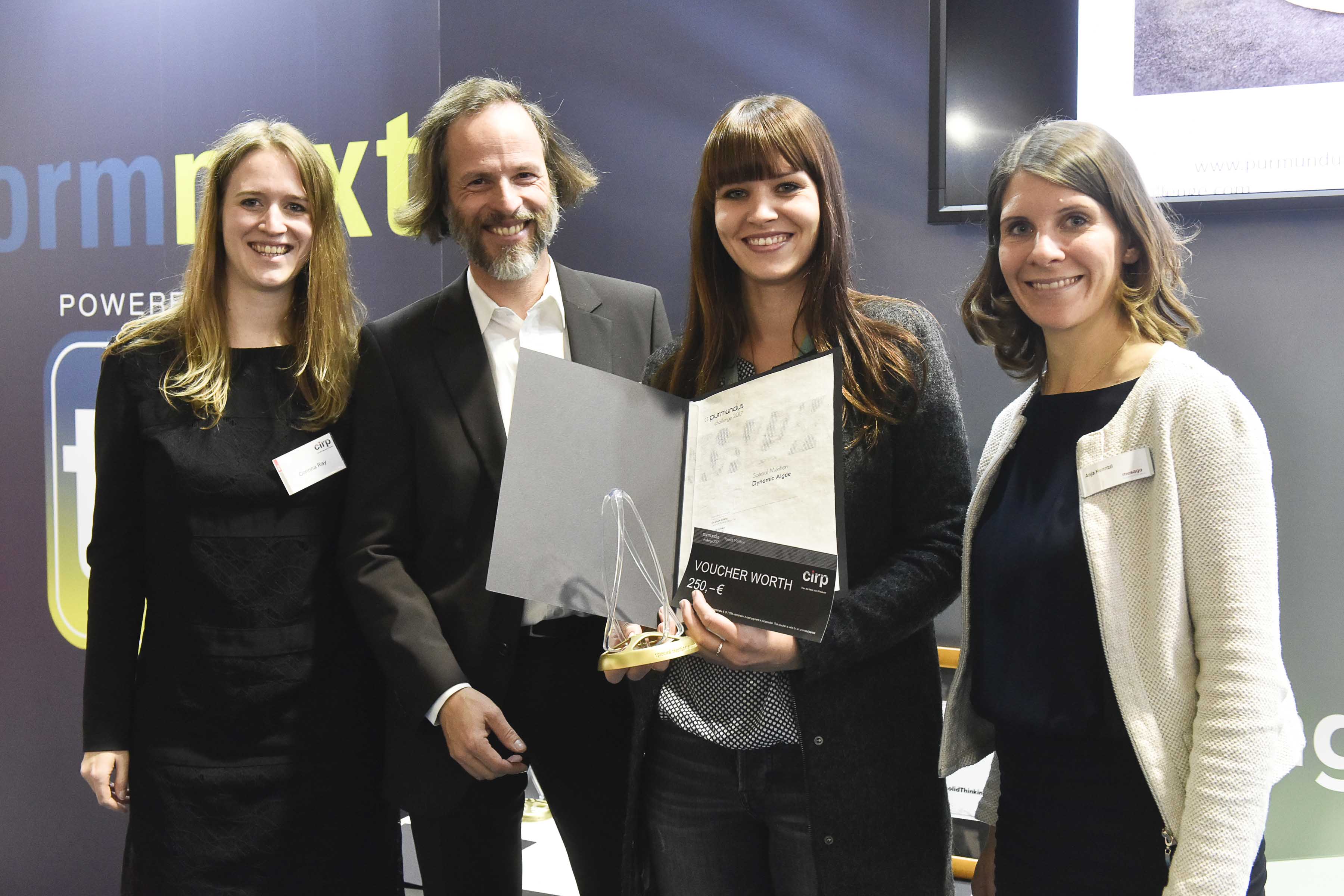 In this project, research was conducted on the production of biobased printing material for additive manufacturing from the renewable mate-rial algae. Algae are abundant on our planet and have many beneficial properties. They produce oxygen and consume carbon dioxide. A gel-like material was created from a special substance extracted from macro-algae and used as printing material for the 3D printer. The algae-based material has the smart property of reacting to moisture, thus embodying the notion of “4D printing” and “self-assembly” as Skylar Tibbits interprets it, developing systems that change with time and temperature. The movement of the material was shown and the principle clarified in several models with different mechanisms.
In this project, research was conducted on the production of biobased printing material for additive manufacturing from the renewable mate-rial algae. Algae are abundant on our planet and have many beneficial properties. They produce oxygen and consume carbon dioxide. A gel-like material was created from a special substance extracted from macro-algae and used as printing material for the 3D printer. The algae-based material has the smart property of reacting to moisture, thus embodying the notion of “4D printing” and “self-assembly” as Skylar Tibbits interprets it, developing systems that change with time and temperature. The movement of the material was shown and the principle clarified in several models with different mechanisms.

Innovation Prize: InFoam Printing
Dorothee Clasen I Sascha Praet I Adam Pajonk

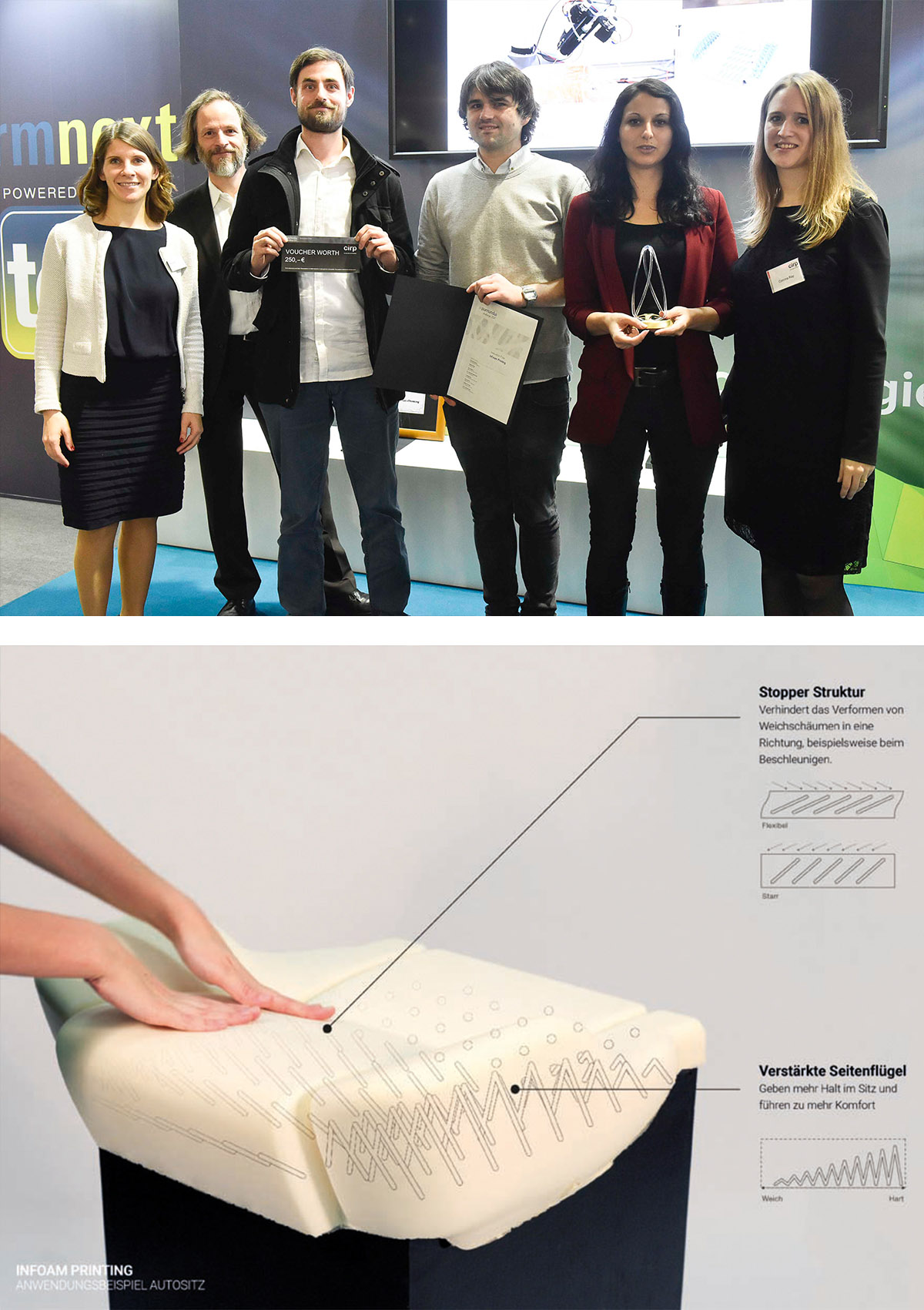 InFoam Printing is a novel technology for manufacturing “smart” foam. Via robotic arm a two-component resin is injected into the foam to built rigid structures. The resin cures within the foam’s cellsstructure to built up complex structures. Depending on the resins compositions this structures can be flexible like rubber, be medium hard or hard as plexiglas. It’s a novel 3D printing technology for flex foam.
InFoam Printing is a novel technology for manufacturing “smart” foam. Via robotic arm a two-component resin is injected into the foam to built rigid structures. The resin cures within the foam’s cellsstructure to built up complex structures. Depending on the resins compositions this structures can be flexible like rubber, be medium hard or hard as plexiglas. It’s a novel 3D printing technology for flex foam.The manufacturing process of foam elements is considerably simpli-fied by InFoam printing. Further more it allows free-floating solids to be formed within the foam. Beside that, the technology also opens up completely new possibilities in product design: As the degree of hard-ness within the foam element can be graduall and becomes individual-izable. Due to the integrated geometries they can also gain totally new abilities and kinetic features: a foam cube, for example, can be pro-grammed with a torsional movement, which can be used for ergo-nomic purposes in upholstery or in ortophilic protectores. Another ex-ample would be the integration of a spring-like structure in a foam mattress, a product abilitie that could revolutionize this market.
As foam is used in many products, InFoam Printing offers various ap-plications: mattresses, upholstery, orthopedic shoe sole or car seats. Our first prototype for example, a car seat, contains structures which counteract forces and provide a special grip to the user. Another ap-plication would be a mattresses,that can be optimised and be adjusted for each person individually. People soon can have their own mattress manufactured based on 3D body-scans in a way that pressure areas are adjusted to body measurements and sleeping behaviour. Room acoustics and noise reduction also are application areas for InFoam Printing. The injected structures inside the foam cause the sound waves to break and therefore can be absorbed easier.
The initial idea for InFoam Printing was developed on an interdiscipli-nary, 5-day student workshop, organized by Covestro and held at the FH Münster.
Public Choice Award: Ultimate grip
Go3D Ltd I Antti Korpi
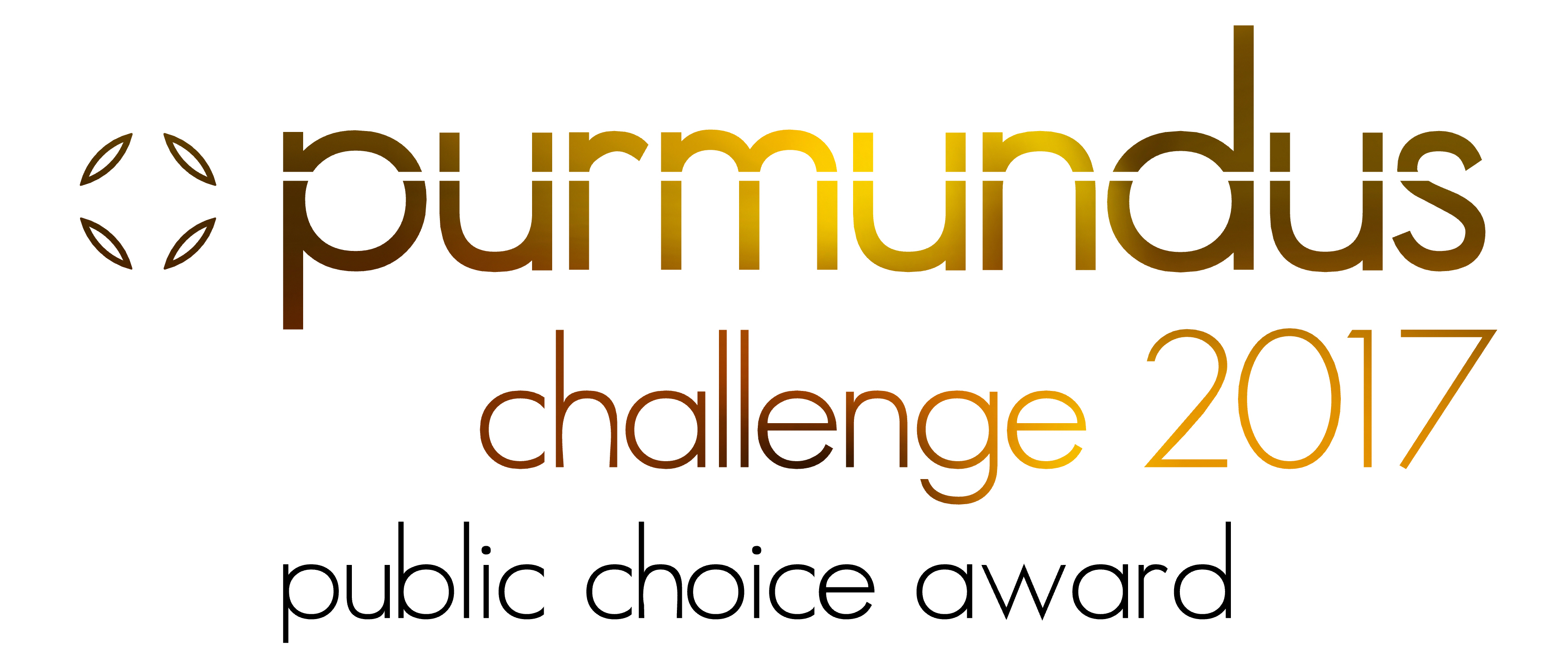
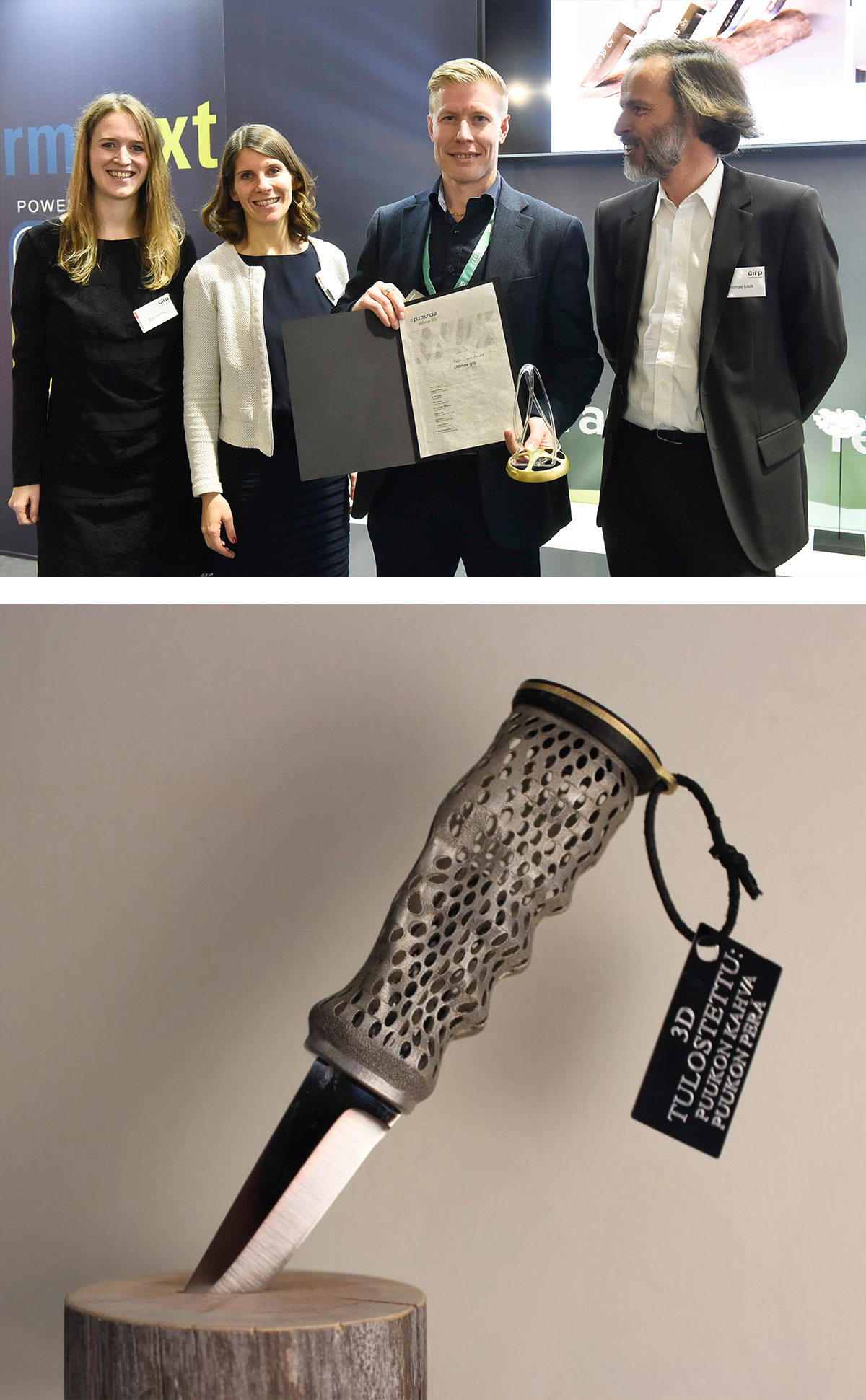 Personalized handle for knife!
Personalized handle for knife!The product Ultimate grip is a combination of handle made with use of latest technologies and a blade produced with techniques that have been in use for the last century. Design and product development was based on following guidelines:
- Supportless design
- Parts printed directly on a build plate
- Part removal by sawing
- Minimal need for post processing
- Possibility for stacking and optimal print orientation. Full chamber process
- Assembly mechanically without special tools, glues, rivets etc.
- Topology optimization
1. Personalized handle. The handle is made by the reference of user´s individual hand print.
- a. Enhances grip, safety and ergonomics
- b. The sample can be given at desired orientation
- c. Designs surrounding individual´s hand print can be designed for task
- a. Light weight
- b. Unique design
- c. Minimal drag (underwater use)
- d. Net shape design enhances grip
- e. Less material – less energy needed to warm up handle
Good ergonomics, safety and unique design is definitely interesting customers – both end-users and companies using knifes at profes-sional use.
Here are the current finalists:
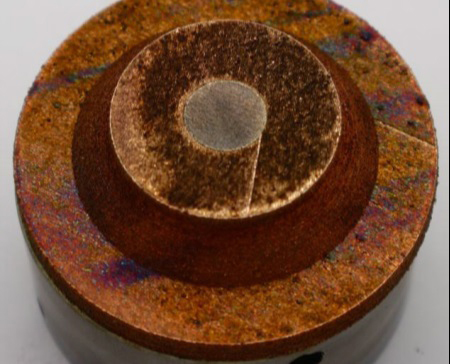
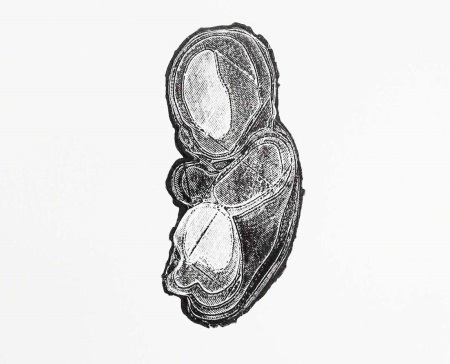
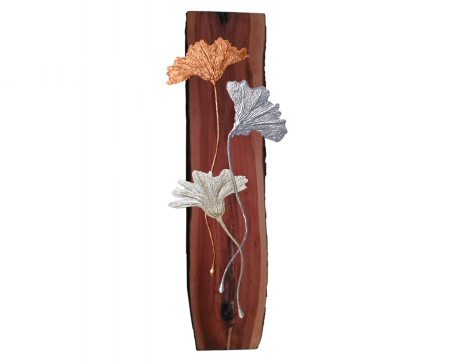
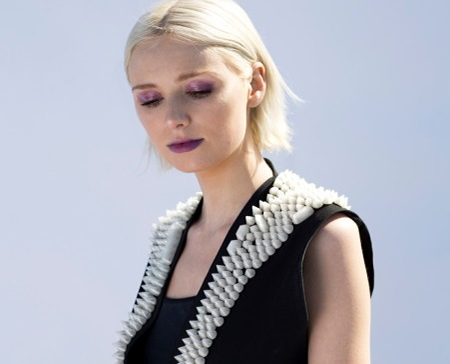
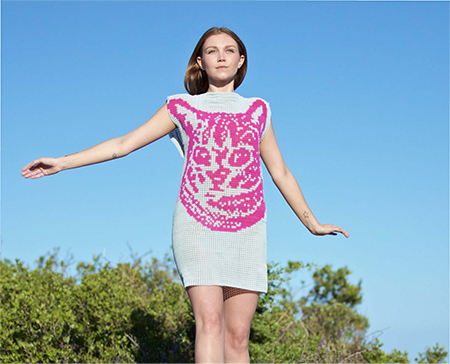
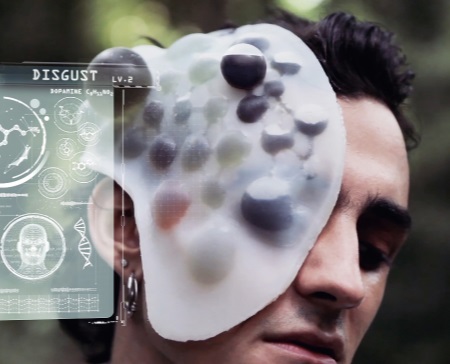
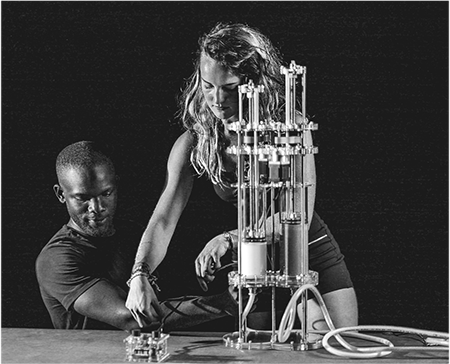
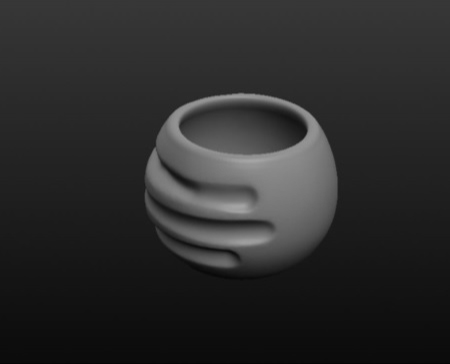
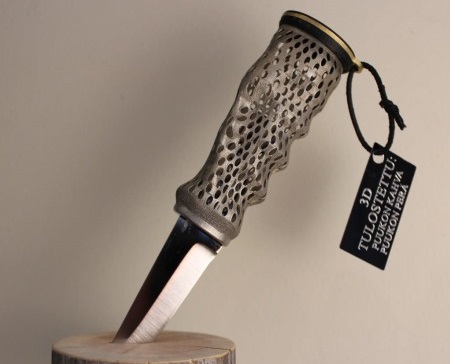
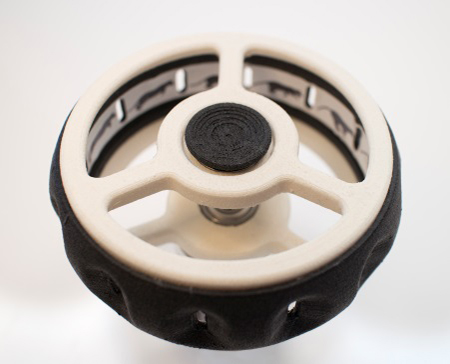
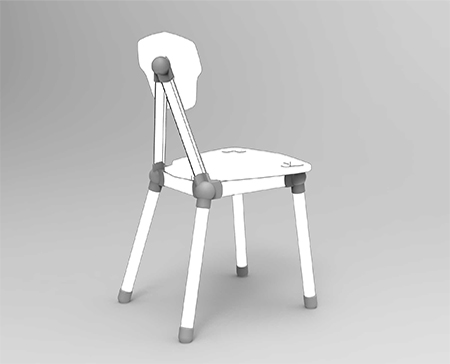
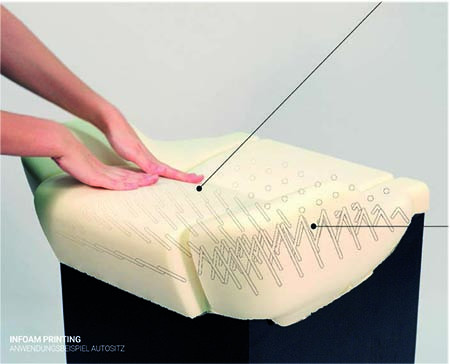
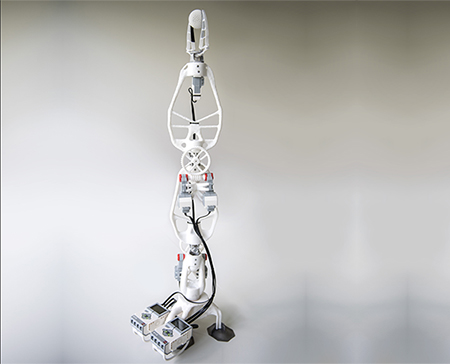
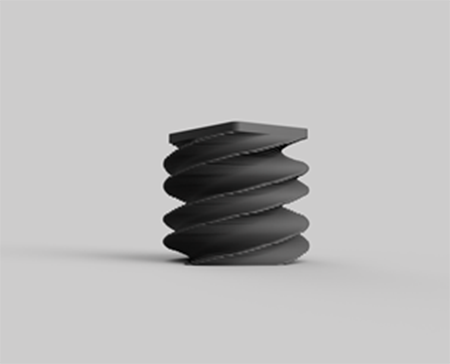
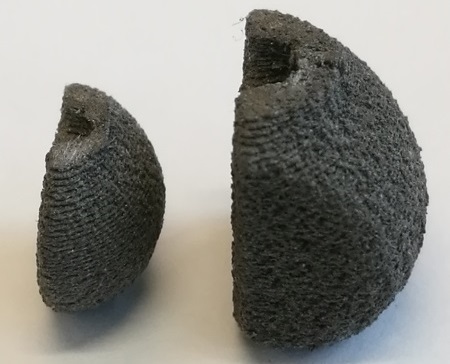
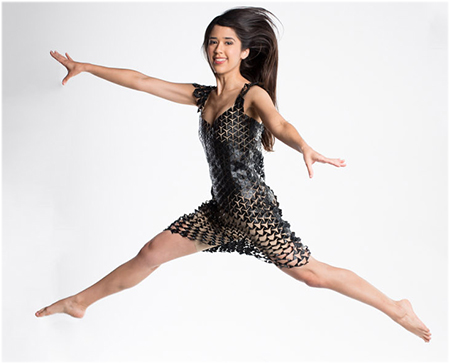
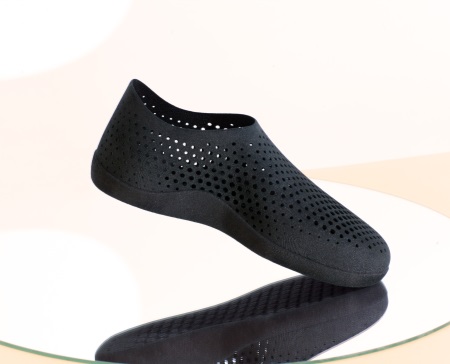
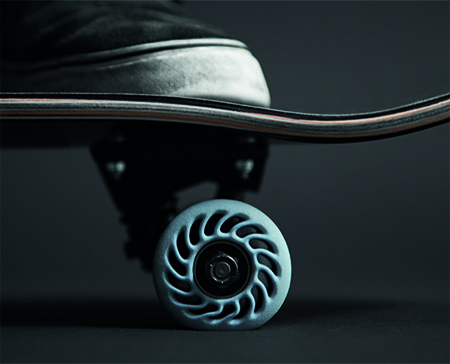
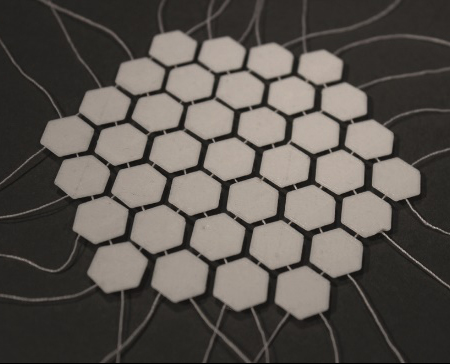
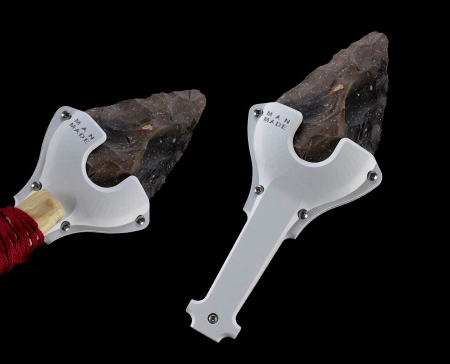
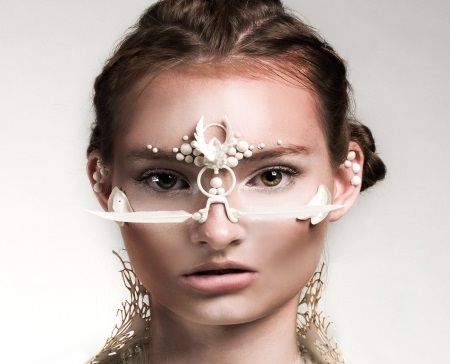
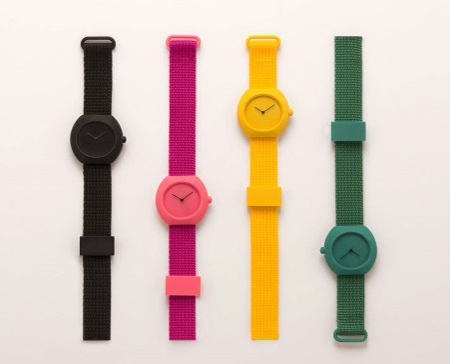
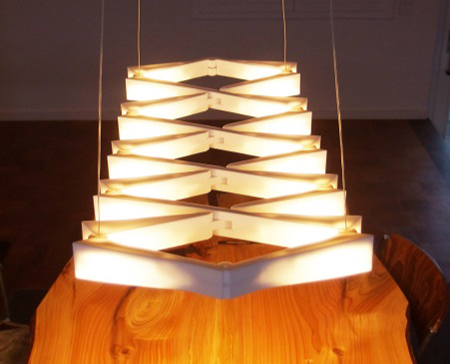
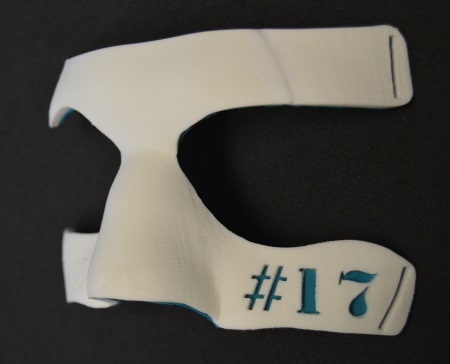
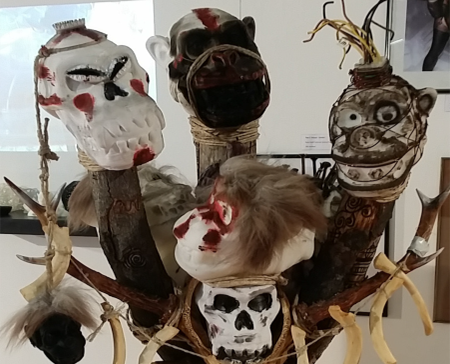
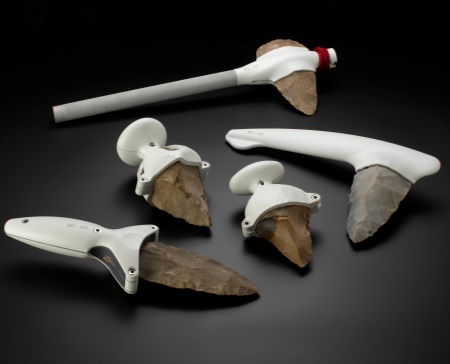
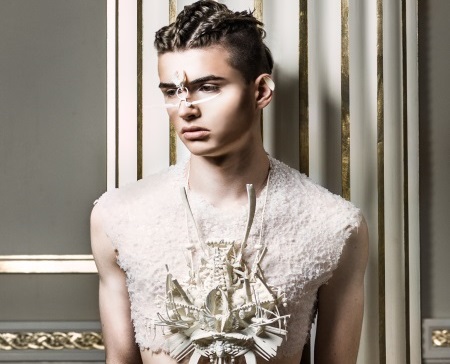
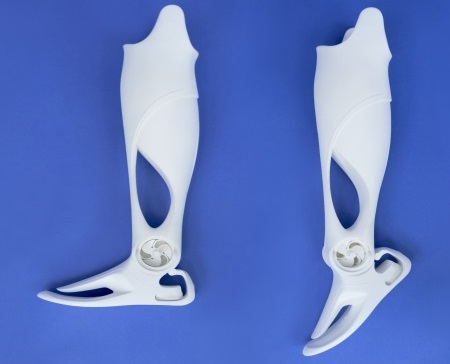
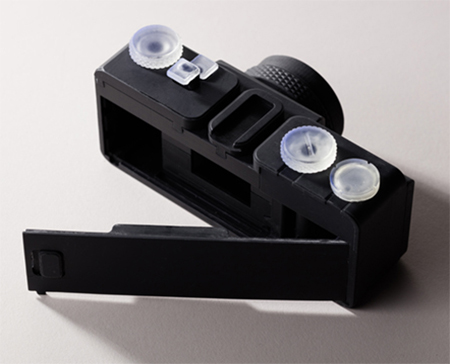
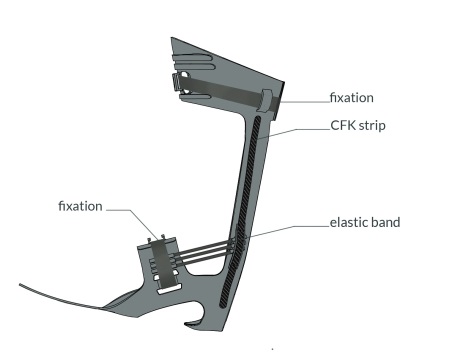
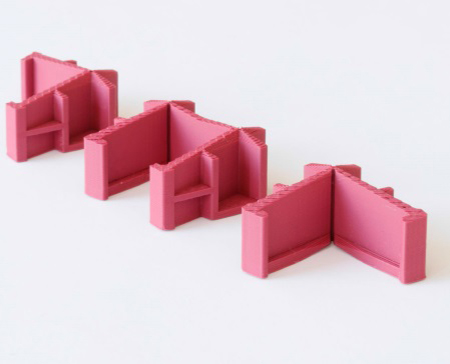
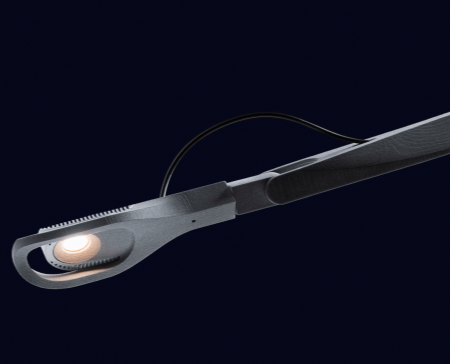
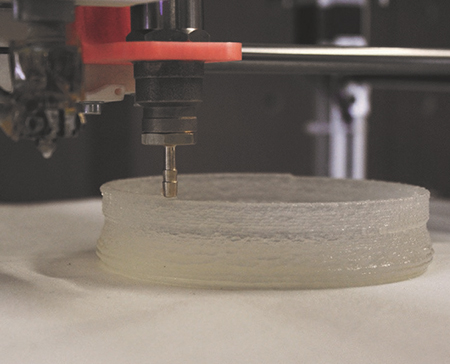
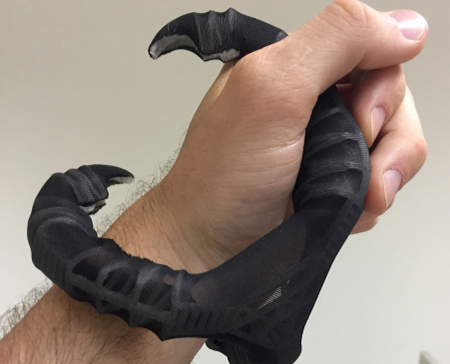
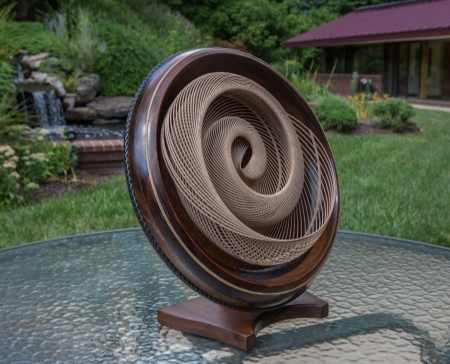
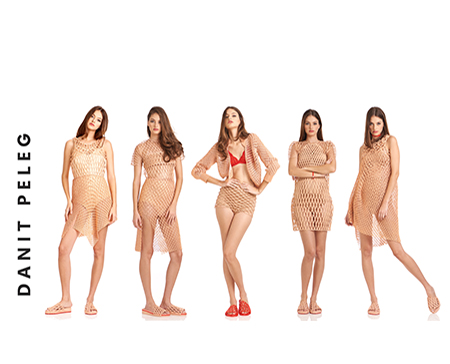
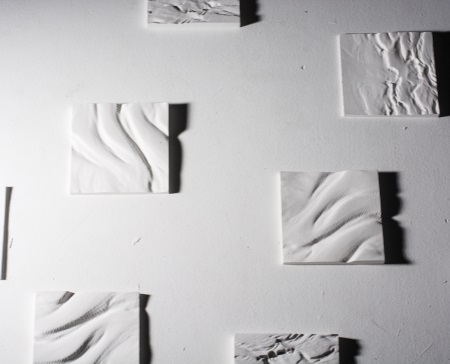
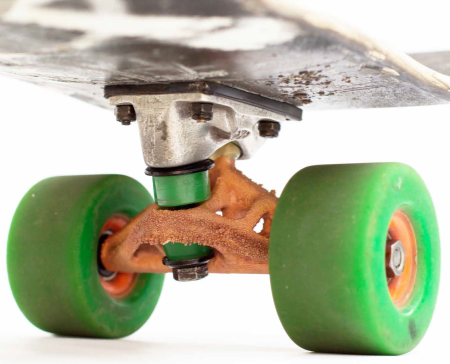
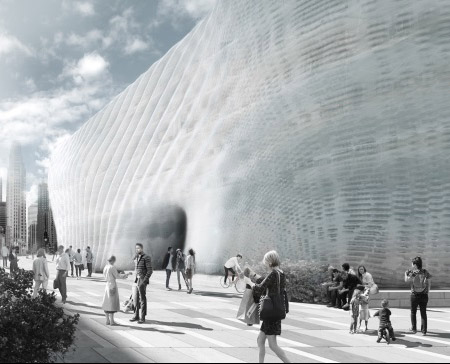
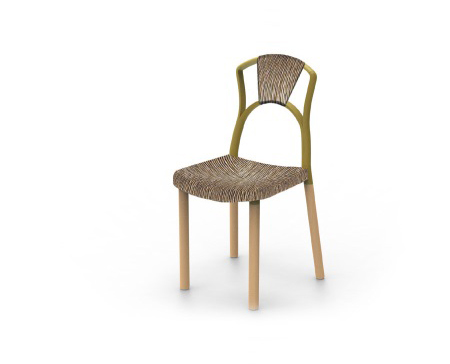


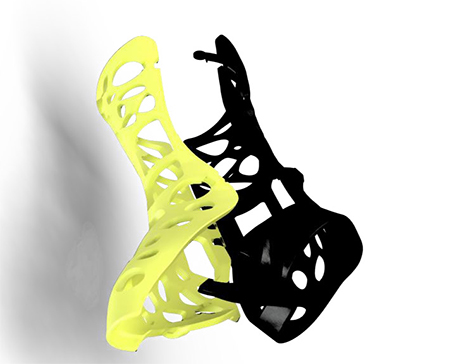

×
Special thanks to our jury and our cooperation partners!
Jury 2017
Christoph Behling - Christoph Behling Design Ltd.Isabelle Fröhlich - Volkswagen AG Tilla Goldberg - Ippolito Fleitz Group GmbH Dr. Alexander Hildebrandt - Festo AG & Co. KG Andreas Pany - Ernst Strassacker GmbH & Co. KG Prof. Dali Sun - Beijing University of Technology Graham Tromans - G. P. Tromans Associates Rainer Zimmermann - zimmermann produktgestaltung

